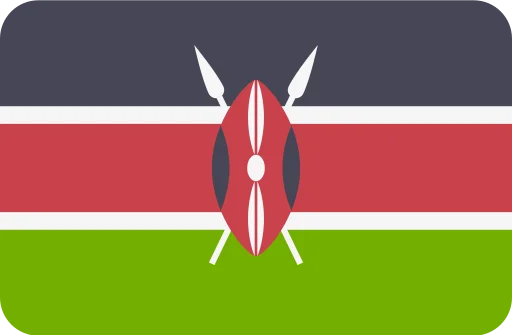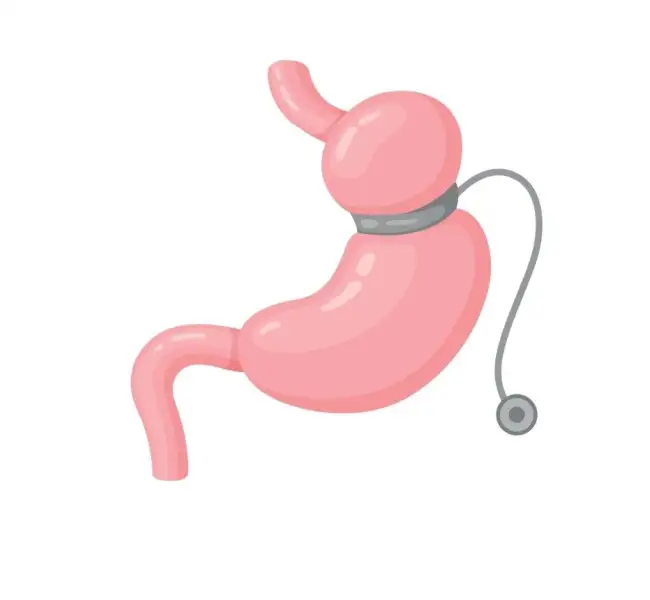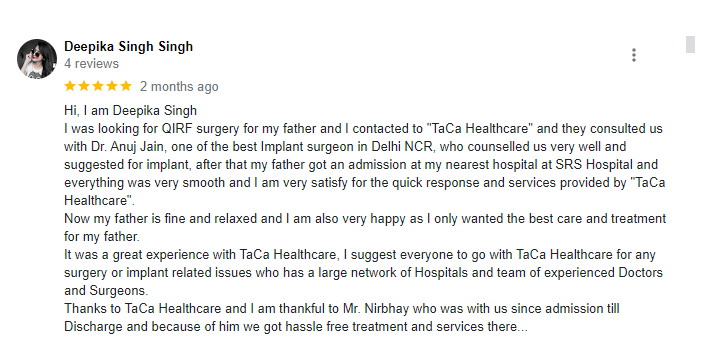What is Bariatric Surgery?
Bariatric surgery is also known as weight loss surgery. It is a category of surgical procedure meant to help in weight loss for obese patients. Bariatric surgery may be recommended only when other weight loss methods have failed and if obesity appears to pose a greater risk to your health than surgery.
It works by modifying the digestive system, usually stomach and sometimes small intestine as well, to regulate how many calories can be consumed and absorbed by the body. It can also reduce the hunger signals that travel from the digestive system to the brain. Bariatric surgery has proven results in treating class III obesity and is also helpful in normalizing metabolism and treating several complications such as, blood sugar, blood pressure and cholesterol.















